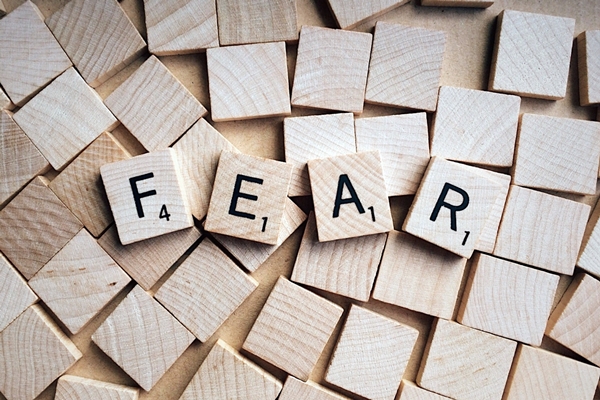22 February 2017. A medical device that provides people with panic disorder feedback on their abnormal breathing is shown in a clinical trial to reduce panic severity 12 months after treatment. The test of the Freespira device made by Palo Alto Health Sciences in Danville, California is reported in the 13 February issue of the journal Applied Psychophysiology and Biofeedback.
The Freespira device provides people with panic disorder feedback on the carbon dioxide content of their breathing, to enable people with the condition to adjust their breathing and relieve panic symptoms. Panic disorder is marked by panic or anxiety attacks, periods of intense fear which can occur unexpectedly, even when asleep. Anxiety and Depression Association of America estimates 6 million adults in the U.S. suffer from panic disorder, which generally develops in early adulthood and affects twice as many women as men.
The Freespira device, cleared by FDA in 2013 for use in the U.S., provides objective feedback on carbon dioxide or CO2 content of exhaled breath to people with panic disorder. When in a panic attack, individuals often start hyperventilating, with rapid deep breaths that reduce the CO2 content of exhaled air, and often results in dizziness, abnormal heart beats, shortness of breath, and sweating that adds to feelings of fear and helplessness.
Freespira has a sensor that measures CO2 concentrations and respiration rate in exhaled breath, known as end-tidal CO2, with readings displayed on a tablet app. Software in the app provides guidance to the user with visual cues to change their breathing. These instructions are designed to bring CO2 content back to more normal levels, and thus reduce the symptoms contributing to the individual’s feelings of panic. Freespira can be used at home, after training with a clinician. The normal course of Freespira treatment is 2 sessions a day, each 17 minutes, for 4 weeks.
The intermediate-stage clinical trial enrolled 69 participants at 4 sites in the U.S., led by David Tolin, a psychiatrist with Institute of Living in Hartford, Connecticut and adjunct professor at Yale University. All participants were trained in the Freespira device; the study had no control or comparison group, but readings and scores were measured to baseline levels before the treatments. The study team looked primarily at scores on a standard self-reporting rating scale of panic attack severity, which were taken at 2 and 12 months following the treatments. Participants uploaded their device readings and panic severity scores to a collection site in the cloud.
Of the 69 individuals that started the trial, 56 completed the study. Among those who completed the treatments after 2 months, more than half (53%) were in remission with large decreases in panic attack severity scores. After 12 months, the remission rate increased to 7 in 10 (70%), with large decreases in severity scores. At both times, 7 to 8 in 10 individuals who completed the treatments reported no panic attacks in the previous week. CO2 concentration measures and respiratory rate measures also returned closer to normal ranges at 2 and 12 months following the treatments. Adverse events were rare, and limited to light-headedness and mild dizziness at training sessions.
The authors note that earlier trials were conducted in academic settings, while this trial tested the device with patients at home. The authors also note economic factors supporting Freespira. The device is relatively low in cost compared to pharmaceuticals, and patients can upload data to remote servers, making it possible for clinicians to treat more individuals with panic disorder than in traditional settings.
More from Science & Enterprise:
- Trial Planned to Evaluate CTE Blood Test
- Grant Funds MRI for Mental Illness Understanding
- Stem Cells Banked for Bipolar Disorder Research
- Commercial Data Yield Genetic Links to Depression
- FDA Clears Insomnia Relief Device
* * *


 RSS - Posts
RSS - Posts
You must be logged in to post a comment.